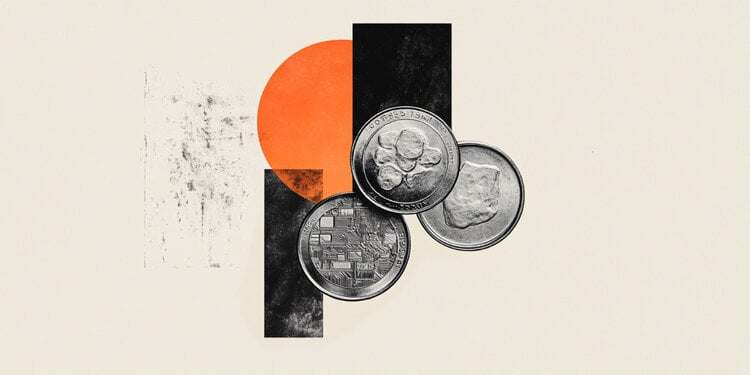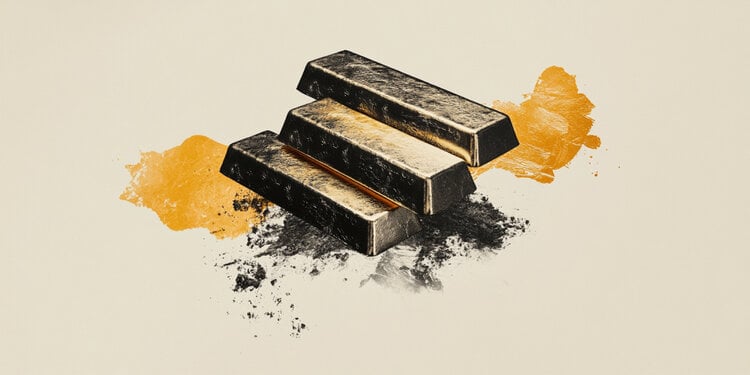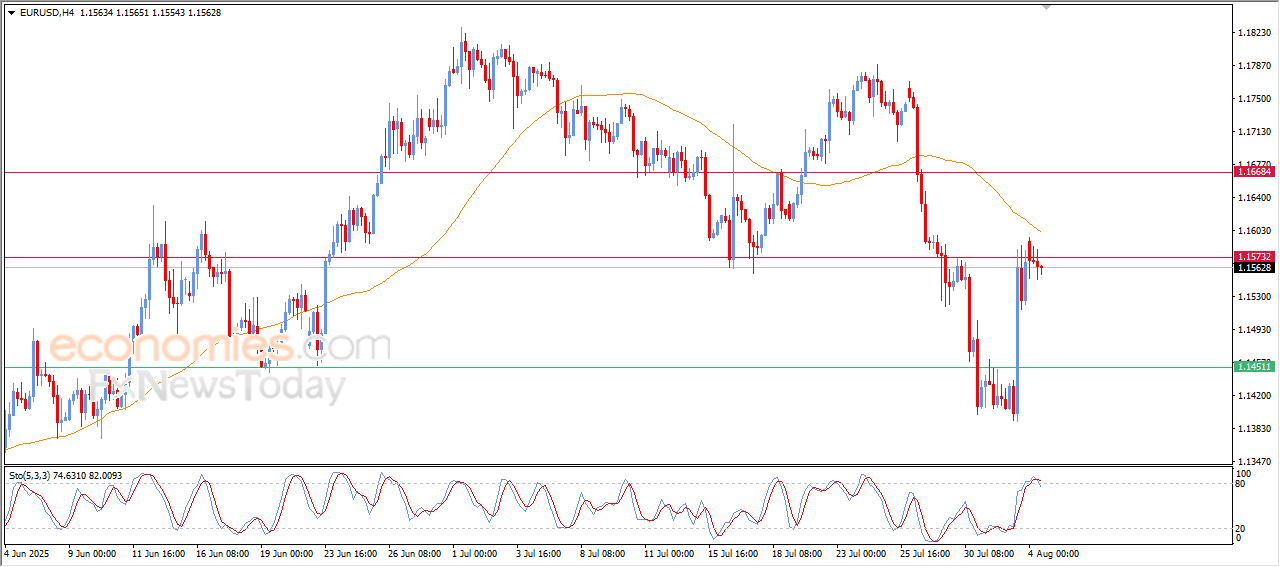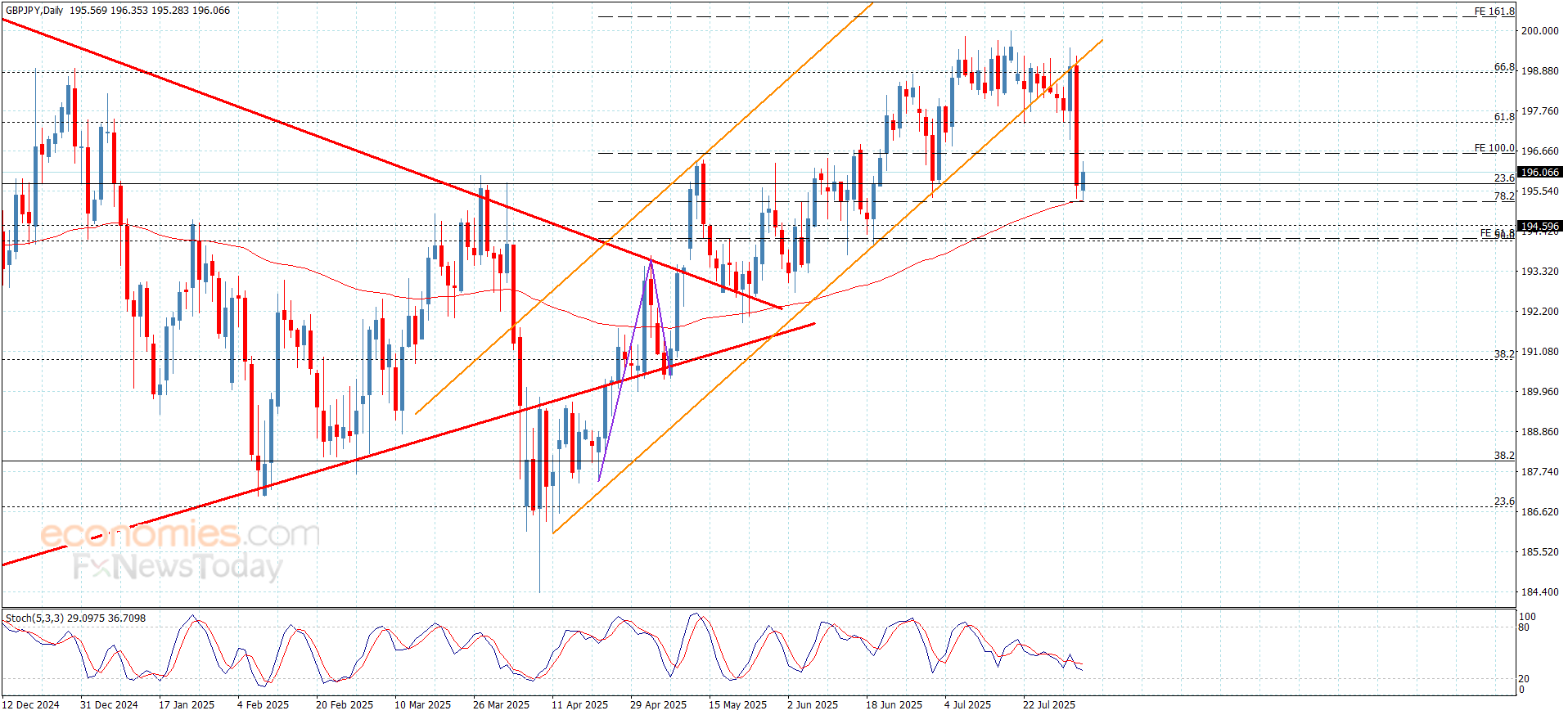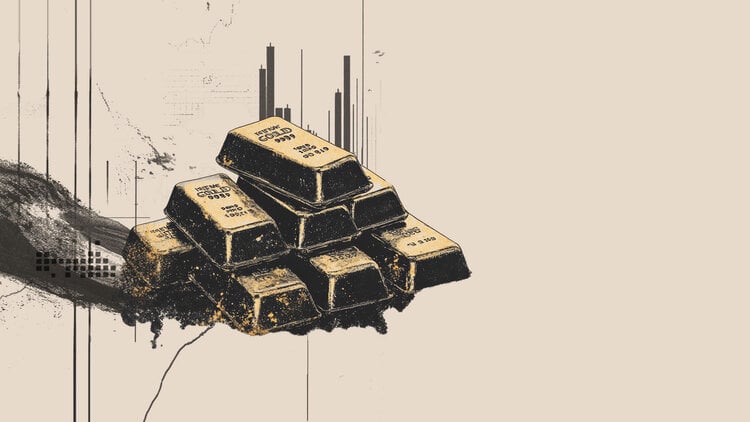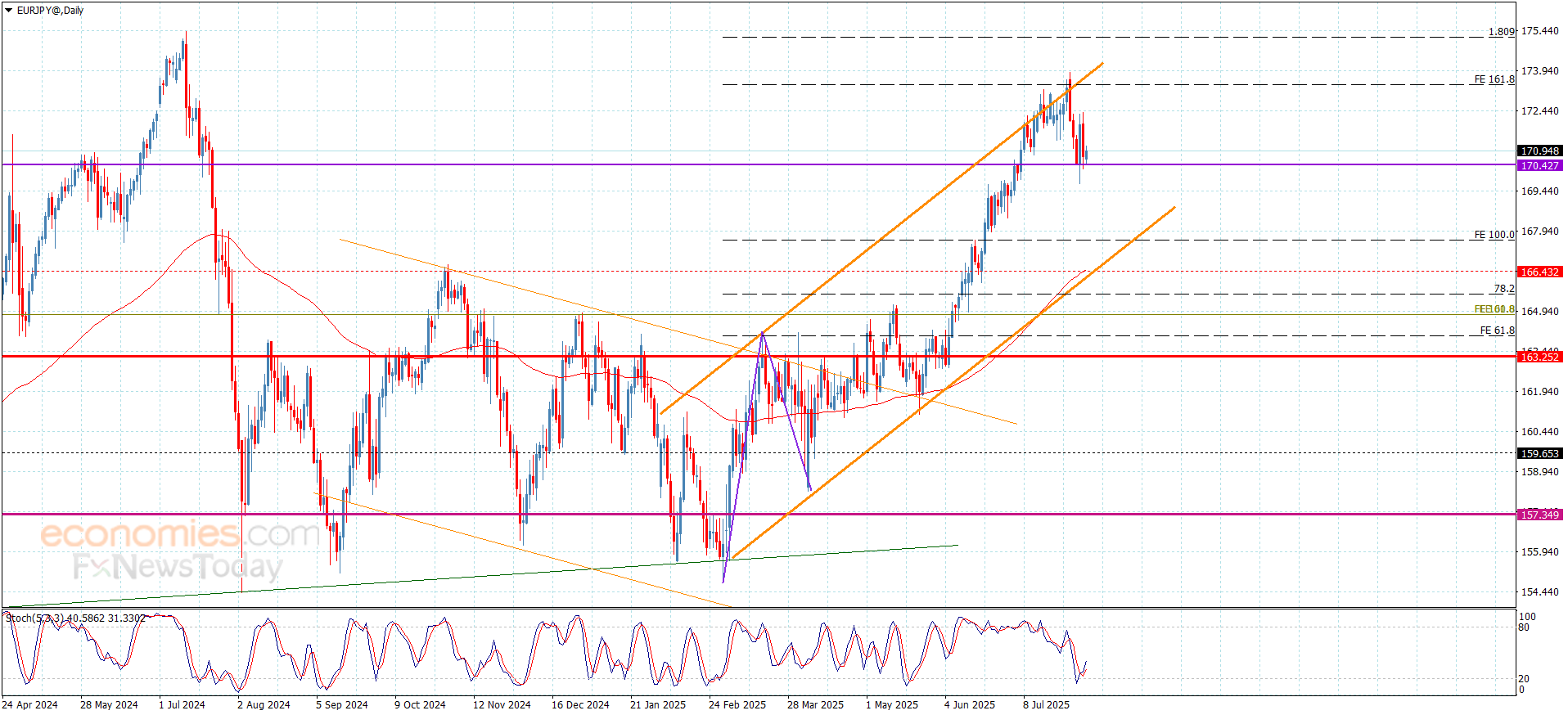Category: Forex News, News
XAG/USD flat lines around $37.00; bearish potential seems intact
- Silver kicks off the new week on a softer note amid the emergence of some USD buying.
- The technical setup favors bearish traders and backs the case for a further depreciation.
- Any attempted recovery beyond the 200-period SMA on the H4 is likely to get sold into.
Silver (XAG/USD) struggles to capitalize on Friday’s modest recovery gains and oscillates in a range at the start of a new week as softer US NFP-inspired US Dollar (USD) selling now seems to have abated. The white metal currently trades around the $37.00 mark and remains within striking distance of a four-week low touched last Thursday.
From a technical perspective, this week’s breakdown below a nearly two-month-old ascending channel support, which coincided with the 200-period Simple Moving Average (SMA) on the 4-hour chart, was seen as a key trigger for the XAG/USD bears. This, along with negative oscillators on daily/4-hour charts, suggests that the path of least resistance for the commodity remains to the downside.
Hence, any subsequent recovery is more likely to confront a stiff barrier near the $37.35 region (200-period SMA on the 4-hour chart). This is followed by the ascending channel support breakpoint, around the $37.60 region, which should act as a pivotal point, which, if cleared, might trigger a short-covering rally and allow the XAG/USD to climb to the $38.00 mark en route to the $38.30-$38.35 region.
On the flip side, the multi-week low, around the $36.20 area, now seems to protect the immediate downside ahead of the $36.00 round figure. Some follow-through selling will reaffirm the negative bias and drag the XAG/USD to the next relevant support near the $35.50 zone. The downward trajectory could extend further towards challenging the $35.00 psychological mark.
XAG/USD 4-hour chart
Silver FAQs
Silver is a precious metal highly traded among investors. It has been historically used as a store of value and a medium of exchange. Although less popular than Gold, traders may turn to Silver to diversify their investment portfolio, for its intrinsic value or as a potential hedge during high-inflation periods. Investors can buy physical Silver, in coins or in bars, or trade it through vehicles such as Exchange Traded Funds, which track its price on international markets.
Silver prices can move due to a wide range of factors. Geopolitical instability or fears of a deep recession can make Silver price escalate due to its safe-haven status, although to a lesser extent than Gold’s. As a yieldless asset, Silver tends to rise with lower interest rates. Its moves also depend on how the US Dollar (USD) behaves as the asset is priced in dollars (XAG/USD). A strong Dollar tends to keep the price of Silver at bay, whereas a weaker Dollar is likely to propel prices up. Other factors such as investment demand, mining supply – Silver is much more abundant than Gold – and recycling rates can also affect prices.
Silver is widely used in industry, particularly in sectors such as electronics or solar energy, as it has one of the highest electric conductivity of all metals – more than Copper and Gold. A surge in demand can increase prices, while a decline tends to lower them. Dynamics in the US, Chinese and Indian economies can also contribute to price swings: for the US and particularly China, their big industrial sectors use Silver in various processes; in India, consumers’ demand for the precious metal for jewellery also plays a key role in setting prices.
Silver prices tend to follow Gold’s moves. When Gold prices rise, Silver typically follows suit, as their status as safe-haven assets is similar. The Gold/Silver ratio, which shows the number of ounces of Silver needed to equal the value of one ounce of Gold, may help to determine the relative valuation between both metals. Some investors may consider a high ratio as an indicator that Silver is undervalued, or Gold is overvalued. On the contrary, a low ratio might suggest that Gold is undervalued relative to Silver.
Source link
Written by : Editorial team of BIPNs
Main team of content of bipns.com. Any type of content should be approved by us.
Share this article:

